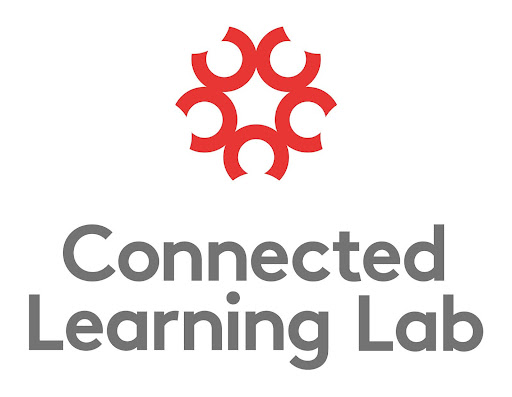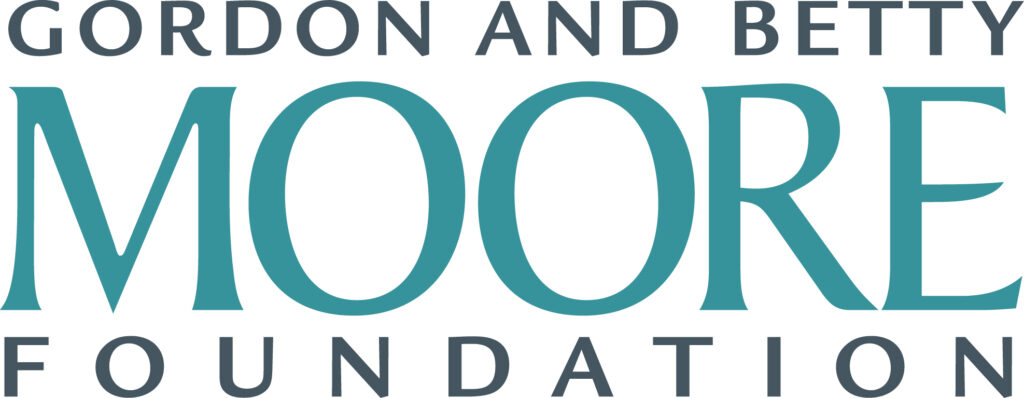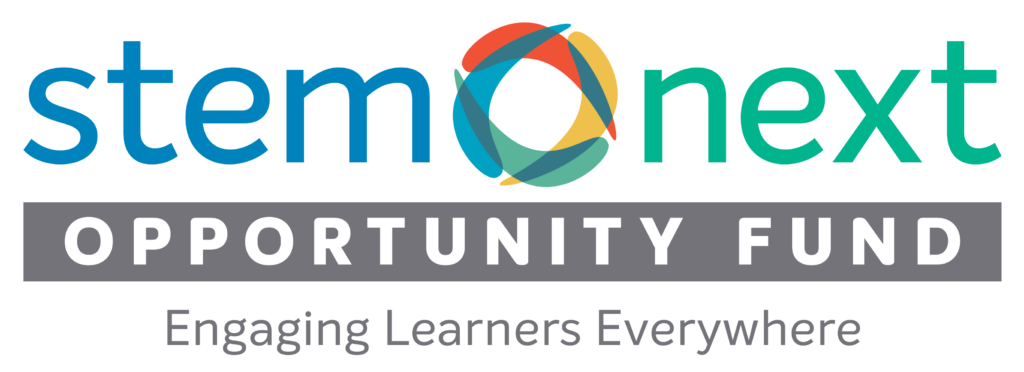Making Connections to Support STEM Transitions

Strategy 5
Translating youth interests into STEM career and entrepreneurship opportunities
Making Connections, aims to understand and support transitions and handoffs that remove barriers and connect youth to STEM learning opportunities.
Understanding how to make connections across settings in systematic ways can support the study of, replication, and scaling of strategies for making connections across settings in out-of-school STEM learning.
Strategy 5: Translating youth interests into STEM career and entrepreneurship opportunities
Strategy 5 Works to translate youth interests into STEM career and entrepreneurship opportunities
Why would you use this strategy?
This strategy connects youths’ interests with potential STEM career opportunities they may not otherwise encounter or know about.
Who would use this strategy?
Networks and programs in states and communities with a need to cultivate and sustain a strong STEM workforce.
“I think it’s great to support youth in translating their interests into STEM-related careers, and in the process of doing so, I think it’s even more important to support them in fostering strong relationships with their peers, OST staff, school community, and STEM professionals. These relationships will ensure they are most successful and happy in their careers.”
-Brianna, Sunrise of Philadelphia
Target Outcomes
- Youth build their professional STEM networks and pursue STEM careers, which leads to a larger and more skilled STEM workforce in the community.
- Youth find STEM careers that align with their interests and excite them for their futures.
- Program leaders build their networks, develop professionally in STEM and otherwise, and make connections to other professionals via communities of practice.
Important Considerations
- Consider reaching out to school teachers to see how out-of-school programs can provide space for extending practice of what is taught in courses.
- Write out a scope of work so this strategy can be baked into the program's plan for the year.
- Be explicit with youth about what your program is aiming to do, why, and how so they know what to expect.
- The location of out-of-school programs matters for getting youth to come (e.g., an OST program located in a traditional public high school can help with recruitment).
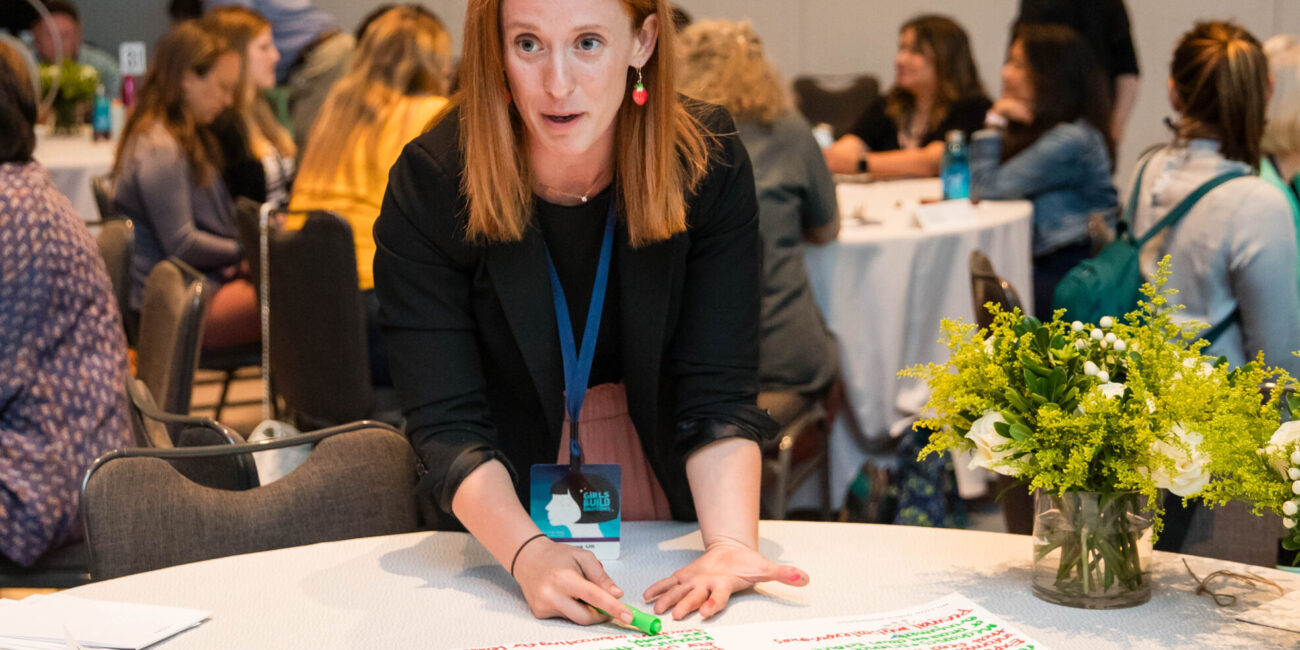
Design Considerations at the Network Level
- Connect programs to local STEM professionals. A network may develop a bank of names and resources that notes a person's STEM area, clearance to speak with youth and the grade levels with which they are best suited to work.
- Develop a community of practice (CoP) so that program leaders can expand their networks, share practices, and learn from one another.
- Provide clarity around funding streams and ways in which funds can be used for specific STEM programming and tools (e.g., 3-D printers, robotics materials).
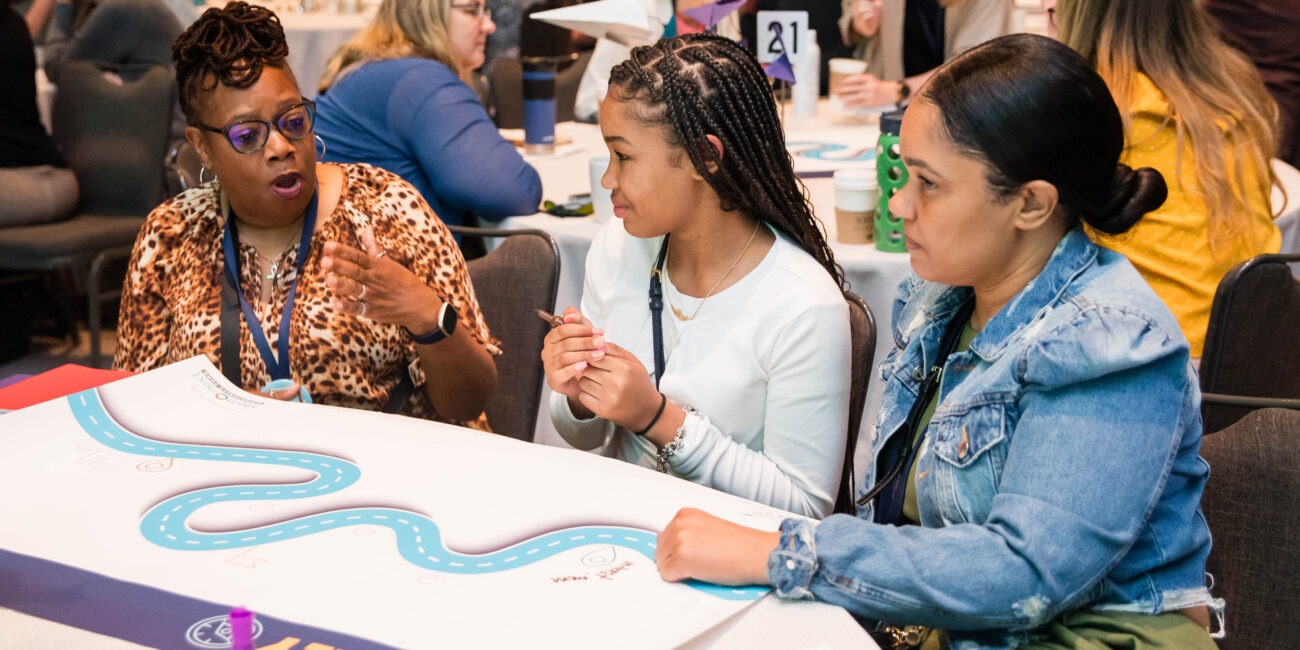
Design Considerations at the Program Level
- Program leaders intentionally plan for flexibility to make room for interest development and youth choice.
- Consider how to creatively use funding for STEM activities such as acquiring the tools youth need to create and spark/further their STEM interests (e.g., 3-D printers, embroidery machines, heat press, robotics materials).
- Actively seek to make connections for youth to community stakeholders, local STEM professionals, and local universities.
- Facilitate youth interest development by using surveys and facilitating discussions, so program leaders can make connections between what they like and STEM.
Case Study: Adult Brokering Across Settings to Connect Youth to Opportunities: “We Hear Everyday, ‘This Isn’t Me.’” Translating Interests Toward STEM through Entrepreneurship at Sunrise of Philadelphia in PSAYDN
Background on Sunrise of Philadelphia: Creating Space for Youth Voice and Choice
Supportive relationships (e.g., caring adult mentors, family members, or friends) can meaningfully impact learning trajectories for youth by connecting them to new opportunities, knowledge, and experiences. These supportive relationships facilitate “brokering” to connect youth to resources, mentoring, materials, and new communities. This brokering helps to facilitate connections across settings for youth as they nurture and refine their interests.
The Sunrise of Philadelphia (or, Sunrise) high school program emphasizes the role of “caring adults and academic supports that help youth stay on the path to graduate, while also planning for the future and building the skill needed to succeed.”
Strategically, the physical Sunrise of Philadelphia spaces are all located within K-12 schools from which they recruit students so it is easy for students to get to the program. Students visit Sunrise afterschool or between classes and are most-often asking for career or college-related advice. Then caring adults who run the Sunrise programs effectively “broker” new opportunities for those youth.
Connections between and across STEM learning settings and experiences can promise to foster meaningful, lifelong STEM learning for youth, yet the detailed and concrete mechanisms for how this learning is connected remains unclear. Little is known about how STEM learning is connected in systematic and sustainable ways.
Making Connections, aims to understand and support transitions and handoffs that remove barriers for youth by connecting STEM learning across ages and settings, ensuring youth interest and motivation persists.
These products are based on research conducted through a collaboration between the Connected Learning Lab at University of California Irvine and STEM Next and their regional partners. It was made possible thanks to the generous support of The Gordon and Betty Moore Foundation and Samueli Foundation.
Strategy five is is one of eight still-evolving strategies, for coordinating and brokering connections across settings in STEM ecosystems. These are intended to serve as tools for making connections across settings to support STEM transitions and unlock academic, workforce-related, and civic opportunities for all youth, especially underrepresented groups like girls, youth of color, and youth from low-income families.
